Mid-Maine Chamber leads the way during downtown reconstruction
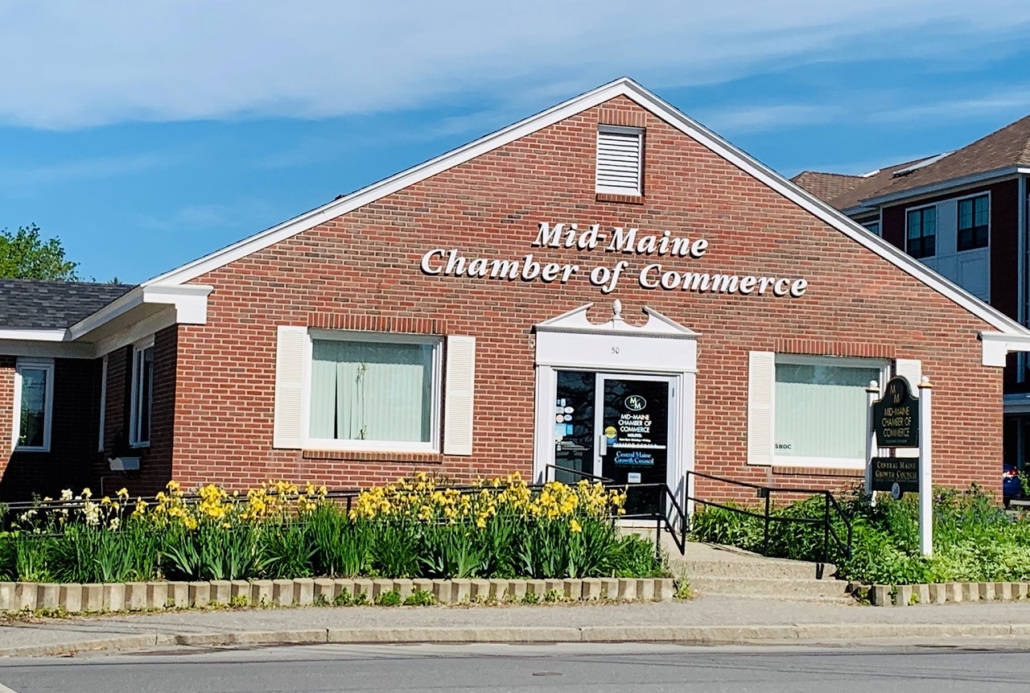 Waterville Works is a construction update and comprehensive marketing plan for downtown Waterville, developed by Mid-Maine Chamber of Commerce with input and involvement from downtown business owners and geared to provide continued growth and vitality during the coming months. Downtown partners will include the City of Waterville, Waterville Public Library, Small Business Waterville and Waterville Creates! – each sharing coordinated messaging to reinforce a thriving downtown.
Waterville Works is a construction update and comprehensive marketing plan for downtown Waterville, developed by Mid-Maine Chamber of Commerce with input and involvement from downtown business owners and geared to provide continued growth and vitality during the coming months. Downtown partners will include the City of Waterville, Waterville Public Library, Small Business Waterville and Waterville Creates! – each sharing coordinated messaging to reinforce a thriving downtown.
This program is being introduced as construction work began on April 20 on water main installation, beginning at the intersection of Main, Front and Spring Streets then heading north on Main Street past the new Lockwood Hotel. Once it reaches Common Street, it will relocate to the northern part of Main Street downtown where Main and College Avenue intersect and then head south. Throughout the project there will always be one lane of traffic open on Main Street. Kennebec Water District is responsible for the new water project and has contracted with Ranger Contracting, of Fairfield, to replace the water mains.
One of the goals of Waterville Works is to keep downtown businesses informed so they may communicate to employees and customers regarding changing traffic patterns, minimizing disruptions to productivity and business. Secondly, the Chamber wants to engage the entire business community and consumers in efforts to bolster sales, assure continuation of foot traffic, build excitement over cross-promotion capabilities, and offer valid solutions to parking and other concerns for the duration of the project.
When Waterville Works, everyone wins. Mid-Maine Chamber has some exciting and positive ways to assure residents and visitors that the city will remain very much open for business, and open to success. Plans include communications of construction timelines, coordination of marketing programs and constructive dialogue among the various organizations involved in the promotion of Waterville.
Specific traffic-building promotions may include creation of frequent-buyer cards, cross-promotion among businesses, scavenger hunts, a display window contest and more. Mid-Maine Chamber will develop the framework for this plan working with Mix 107.9 and Townsquare Media, along with the Morning Sentinel and The Town Line newspaper, – in addition to utilizing various social media platforms like Facebook, LinkedIn, Twitter and Instagram. With anticipated involvement from downtown businesses this plan can assure that Waterville Works, for everyone.
To provide input or ideas, please reach out to Chamber CEO Kimberly Lindlof – kimberly@midmainechamber.com, or call 873-3315.


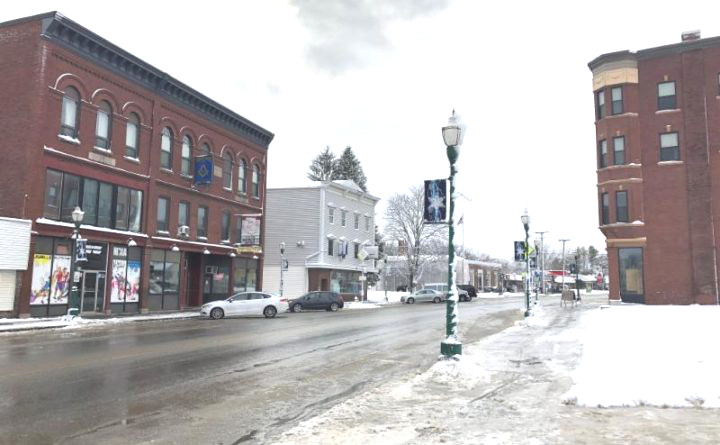
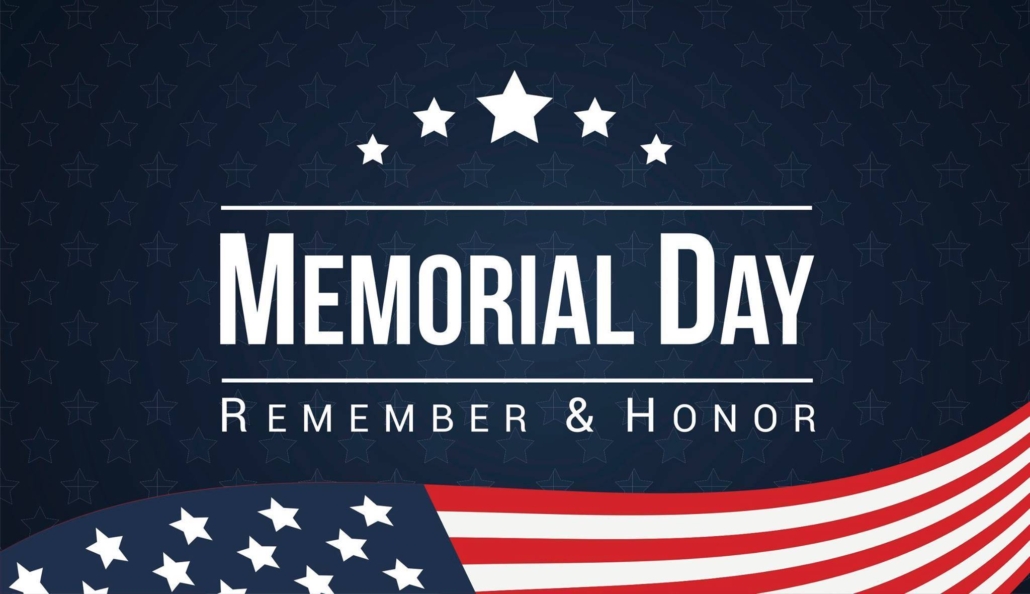 The Memorial Day parade, in Madison, sponsored by Tardiff-Belanger American Legion Post #39, scheduled for Monday, May 25, has been canceled due to the coronavirus Covid-19 pandemic.
The Memorial Day parade, in Madison, sponsored by Tardiff-Belanger American Legion Post #39, scheduled for Monday, May 25, has been canceled due to the coronavirus Covid-19 pandemic.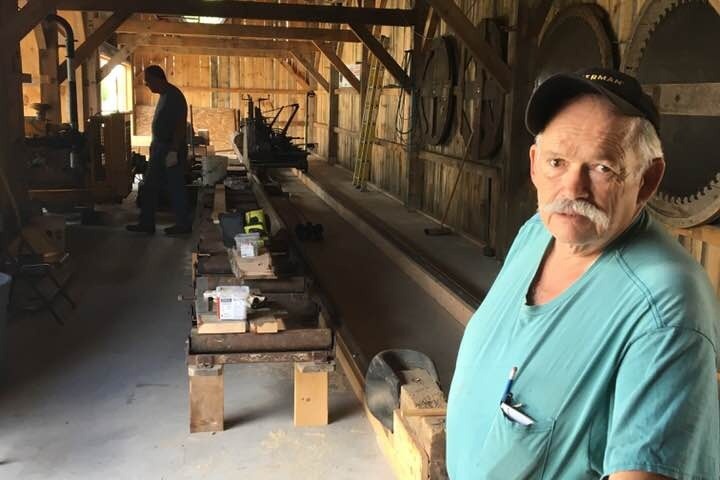
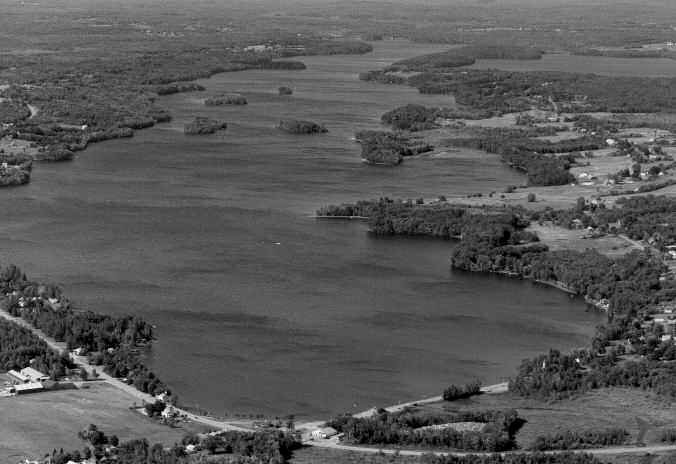 by Robbie Bickford
by Robbie Bickford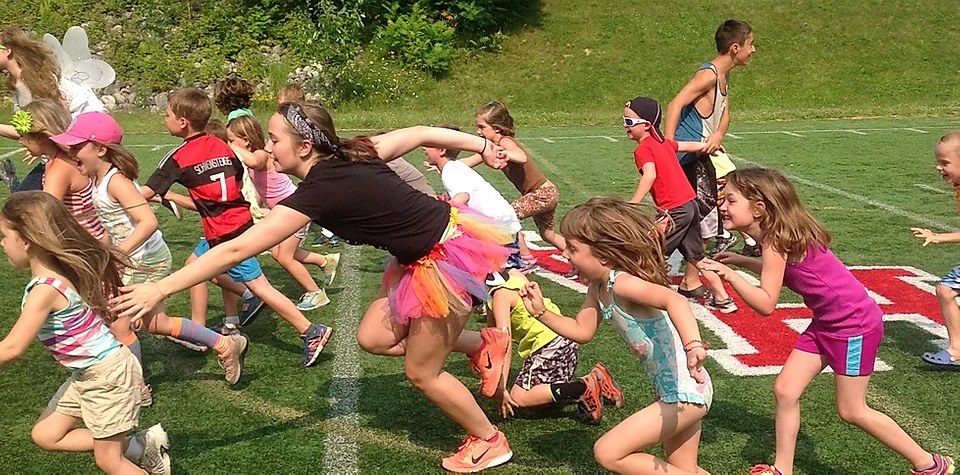
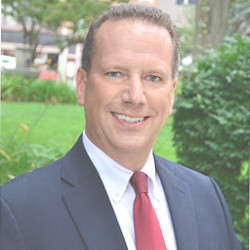
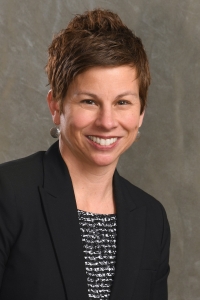
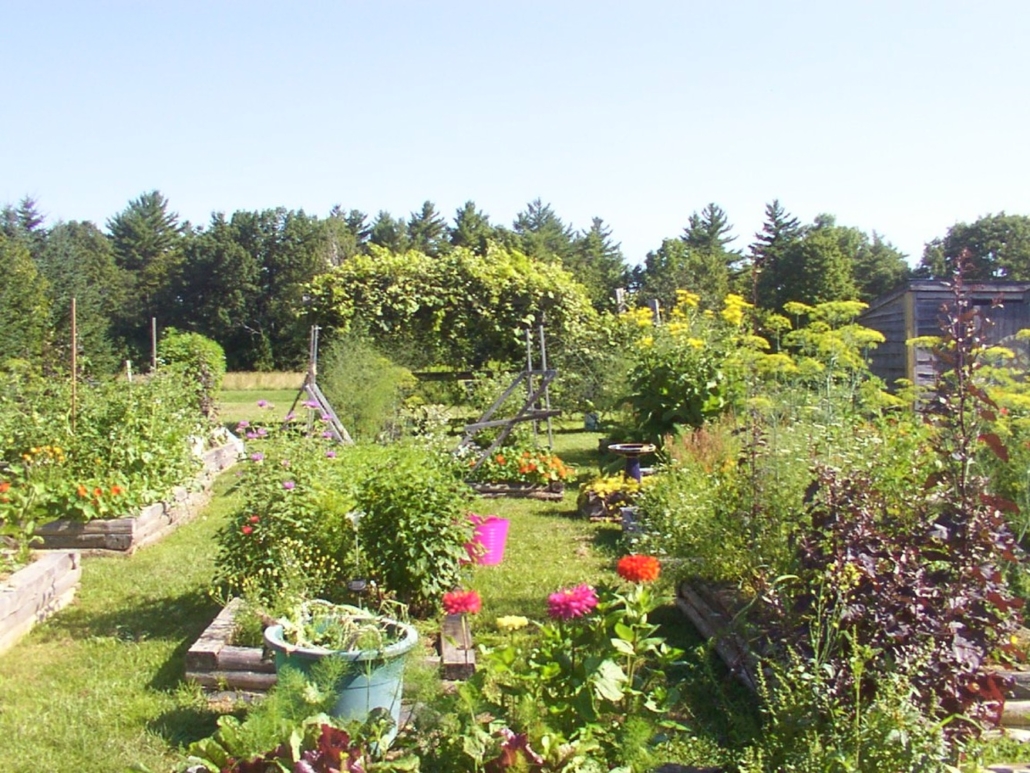 With 32 raised beds, the Palermo Community Garden can offer volunteer opportunities in the fresh air with plenty of social distancing! There are two roll-around garden seats and a kneeler to make planting and weeding much more comfortable for all ages. The Community Garden provides at least 450 pounds of organic veggies and berries a year to the Palermo Food Pantry. It operates on a “sweat equity” basis: You put in an hour of help and you get to pick whatever you need that is ready. Please call Connie at 993-2294 to make an appointment and get info.
With 32 raised beds, the Palermo Community Garden can offer volunteer opportunities in the fresh air with plenty of social distancing! There are two roll-around garden seats and a kneeler to make planting and weeding much more comfortable for all ages. The Community Garden provides at least 450 pounds of organic veggies and berries a year to the Palermo Food Pantry. It operates on a “sweat equity” basis: You put in an hour of help and you get to pick whatever you need that is ready. Please call Connie at 993-2294 to make an appointment and get info.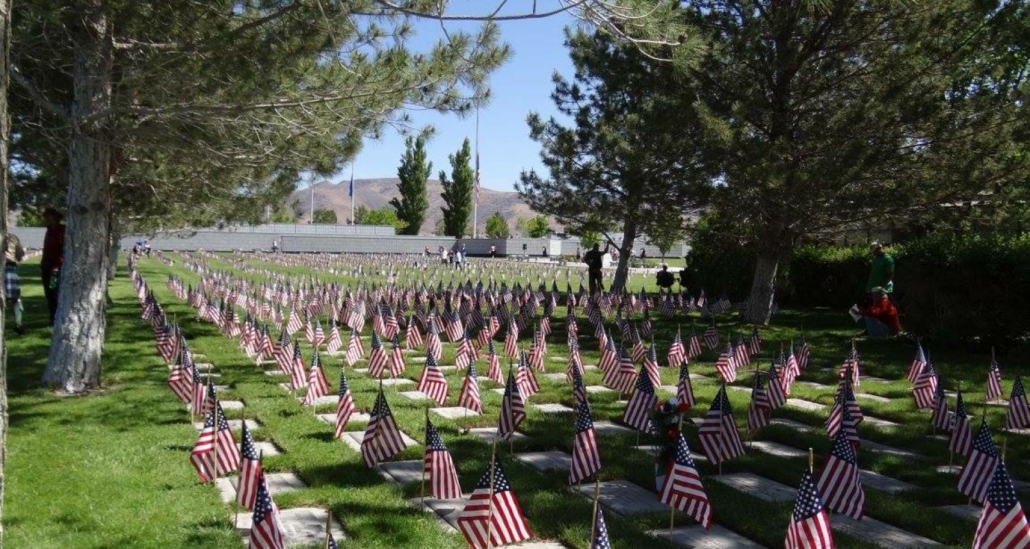 The Memorial Day parade, sponsored by Boynton-Webber American Legion Post #179, scheduled for Monday, May 25, has been canceled due to the coronavirus Covid-19 pandamec.
The Memorial Day parade, sponsored by Boynton-Webber American Legion Post #179, scheduled for Monday, May 25, has been canceled due to the coronavirus Covid-19 pandamec.